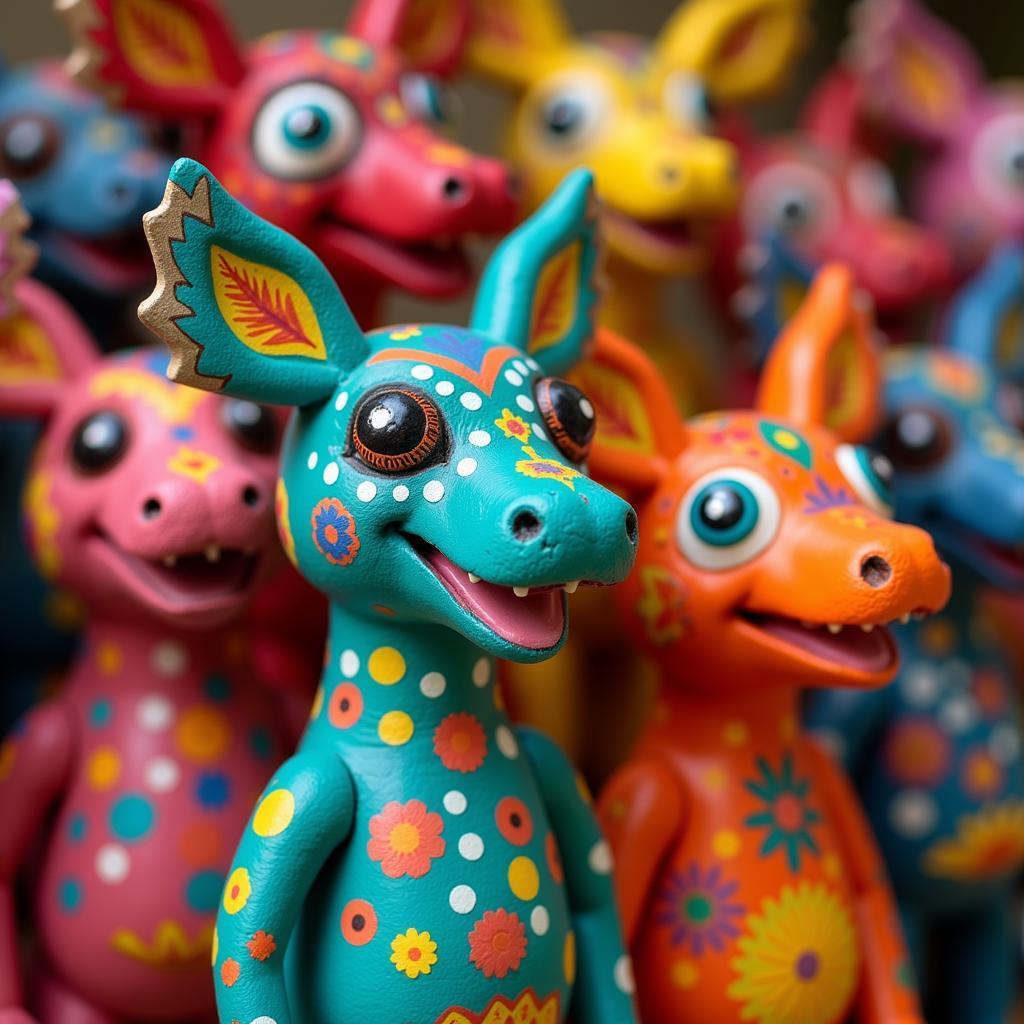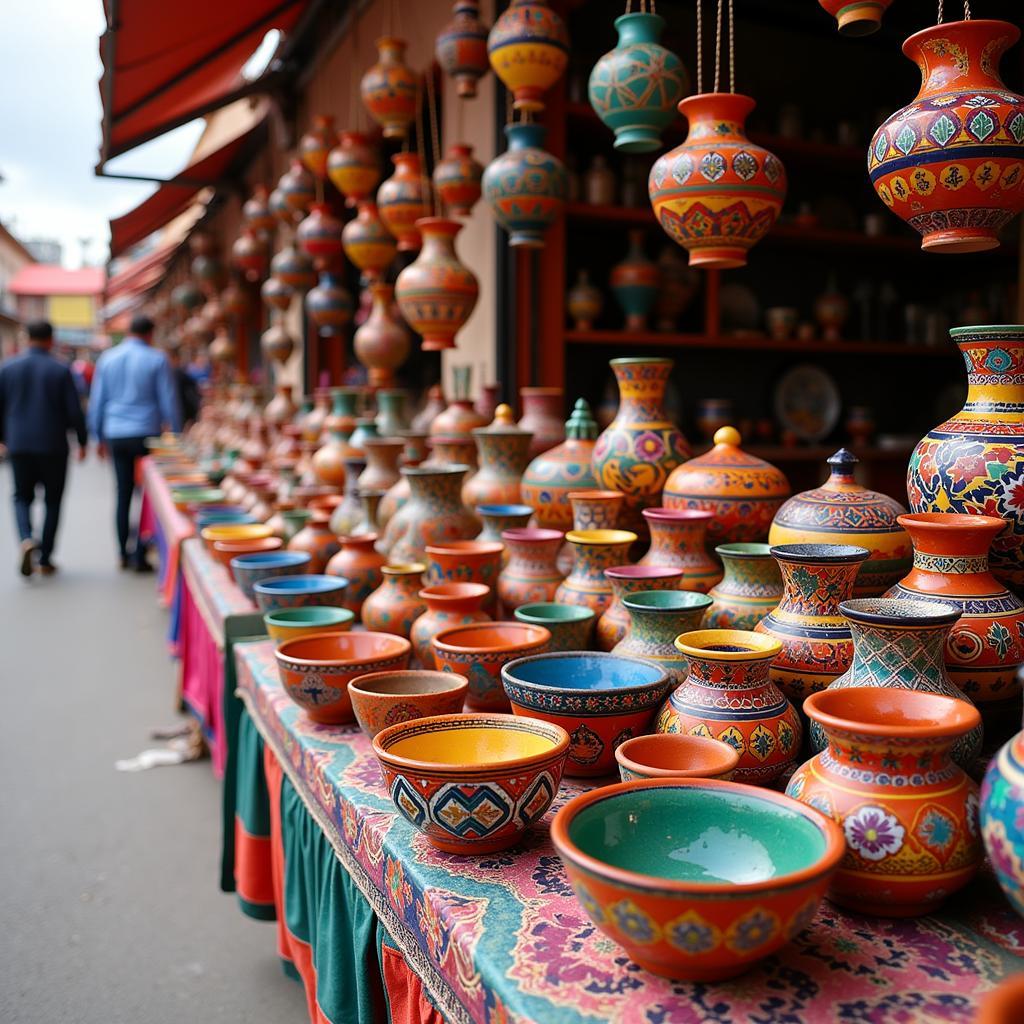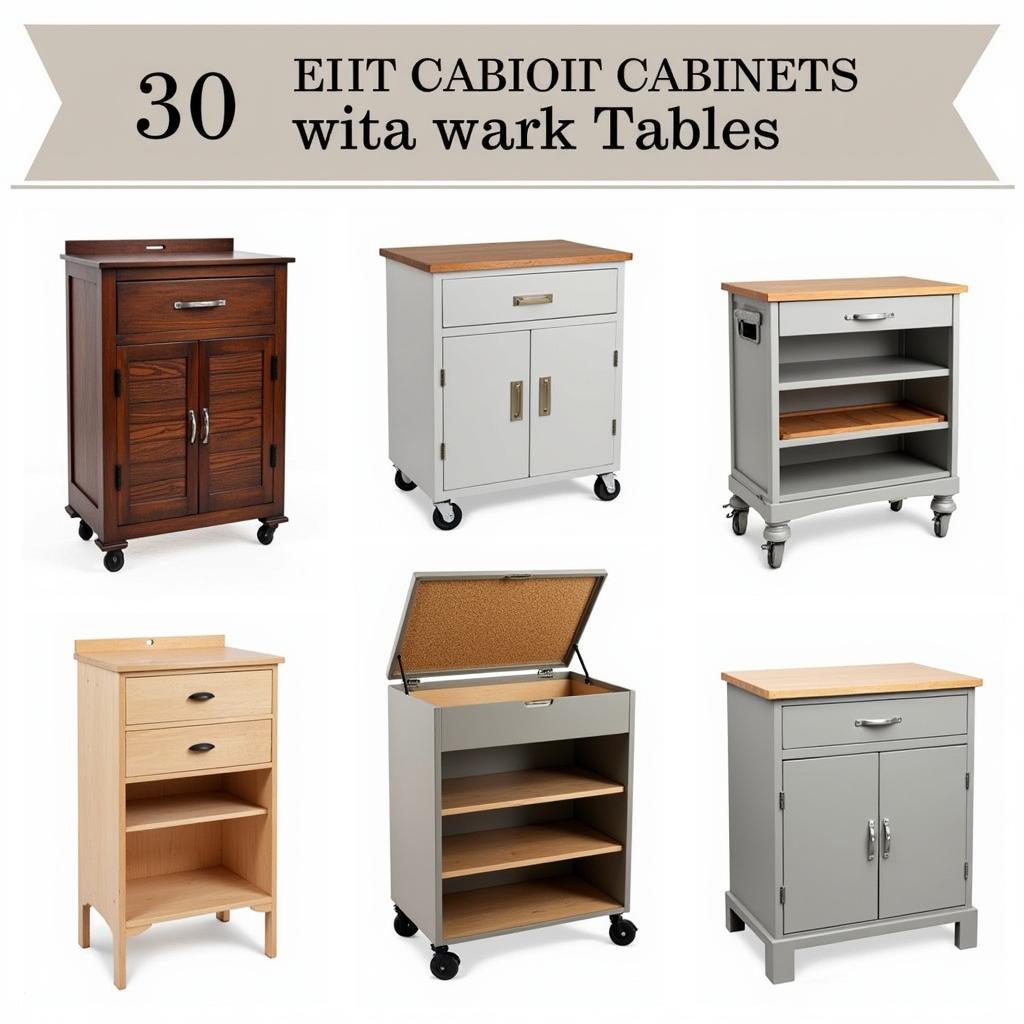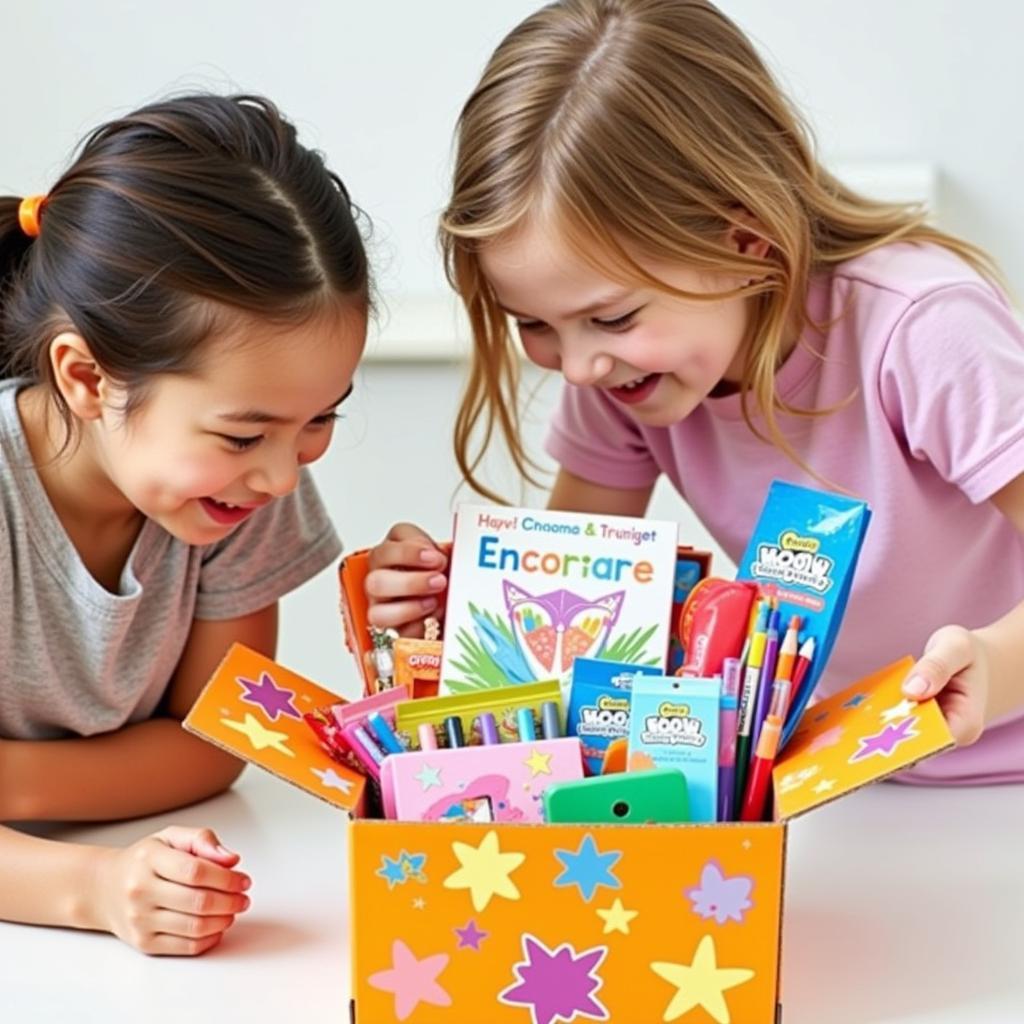Exploring the Vibrant World of Mexican Pottery Folk Art
Mexican Pottery Folk Art is a captivating blend of vibrant colors, intricate designs, and rich cultural heritage. From the whimsical figures of Oaxaca to the bold geometric patterns of Jalisco, each region of Mexico boasts a unique pottery tradition, reflecting the stories, beliefs, and artistic sensibilities of its people. This art form isn’t merely decorative; it’s a testament to the enduring power of tradition and a window into the soul of Mexico. After reading this, you’ll appreciate the unique qualities of mexican folk art pottery.
A Journey Through the Regions of Mexican Pottery
Mexican pottery is as diverse as the country itself. Each region has developed its distinctive style, often influenced by indigenous traditions, available resources, and local customs. Let’s embark on a virtual journey through some of the most prominent pottery centers in Mexico.
Oaxaca: The Land of Whimsical Figures
Oaxaca is renowned for its fantastical and often humorous clay figures, known as “alebrijes.” These vibrant creations, typically depicting animals both real and imaginary, are a celebration of Oaxacan folklore and artistic ingenuity.
Puebla: Home of Talavera Pottery
The city of Puebla is synonymous with Talavera pottery, a distinctive style characterized by its white and blue color palette and intricate floral designs. Talavera pottery, influenced by Spanish and Moorish traditions, represents a unique fusion of cultural influences.
Jalisco: Bold Geometric Patterns and Brunido Technique
Jalisco’s pottery tradition is marked by the use of bold geometric patterns and the distinctive “brunido” technique, which involves polishing the clay to a high sheen. This creates a striking visual effect, adding another layer of artistry to the already impressive craftsmanship.
 Oaxacan Alebrijes in Vibrant Colors
Oaxacan Alebrijes in Vibrant Colors
Understanding the Techniques and Materials
The creation of Mexican pottery folk art involves a range of traditional techniques passed down through generations. From hand-building and wheel-throwing to the intricate application of glazes and paints, each step requires skill and patience. The clay itself, often sourced locally, varies in color and texture, contributing to the unique character of each piece.
The Brunido Technique: A Jalisco Specialty
The brunido technique, practiced primarily in Jalisco, involves meticulously polishing the unfired clay with a smooth stone. This creates a beautiful sheen, enhancing the natural colors of the clay and adding a touch of elegance to the finished piece.
The Use of Natural Pigments: A Connection to the Earth
Many traditional Mexican potters continue to use natural pigments derived from plants, minerals, and insects. These pigments, rich in earthy tones, add a unique depth and vibrancy to the artwork. mex art showcases such natural pigments.
What is the significance of Mexican pottery?
Mexican pottery isn’t just about aesthetics; it’s deeply intertwined with the country’s cultural identity. Many pieces serve practical purposes, used for cooking, storing food, and carrying water. Others hold symbolic meaning, used in religious ceremonies or as decorative objects representing cultural beliefs. oaxacan arts has further details on these ceremonies.
How can I identify authentic Mexican pottery?
Authentic Mexican pottery often exhibits slight imperfections, a testament to its handmade nature. Look for variations in color, texture, and shape. The use of traditional techniques and materials is also a key indicator. Consider the source and seek out reputable artisans or galleries. You might also want to see these art vessels.
Where can I buy Mexican pottery?
Mexican pottery is available in various places, from local markets and artisan workshops in Mexico to online retailers and galleries specializing in folk art. When purchasing online, research the seller to ensure authenticity.
How do I care for my Mexican pottery?
The care required depends on the type of pottery. While some pieces are dishwasher and microwave safe, others require hand washing and gentle handling. Avoid extreme temperatures and harsh chemicals. folk art patterns are vulnerable to damage and need proper care.
 Traditional Mexican Pottery at a Market Stall
Traditional Mexican Pottery at a Market Stall
Conclusion
Mexican pottery folk art is a vibrant tapestry woven from tradition, skill, and artistic passion. It’s a testament to the rich cultural heritage of Mexico and the enduring power of handcrafted beauty. Exploring this art form offers a fascinating glimpse into the heart and soul of Mexico, inviting us to appreciate the beauty and significance of each unique creation. So, immerse yourself in the vibrant world of Mexican pottery folk art and discover the stories it tells.
FAQ
-
What is the most common type of Mexican pottery?
Talavera pottery, from Puebla, is one of the most recognizable types. -
What are alebrijes?
Alebrijes are brightly colored, fantastical creatures often made of wood or clay, originating in Oaxaca. -
How can I tell if Mexican pottery is handmade?
Handmade pottery often has slight imperfections and variations in shape, color, and texture.
Commonly Asked Questions About Mexican Pottery Folk Art
-
What makes Mexican pottery unique? The vibrant colors, unique designs, and connection to indigenous traditions and regional variations set Mexican pottery apart.
-
Are all Mexican pottery pieces hand-painted? Yes, traditionally, all authentic Mexican pottery is hand-painted, adding to their unique charm.
-
What are some common motifs found in Mexican pottery? Common motifs include floral designs, geometric patterns, animal figures, and depictions of daily life.
Further Exploration
For more in-depth information on Mexican folk art, consider researching specific regional styles, such as Mata Ortiz pottery or the ceramics of Michoacán. Exploring the history and cultural significance of these traditions can further enrich your appreciation of Mexican pottery.
Need assistance?
Contact us for any support:
Phone: 02462573573
Email: danteum@gmail.com
Address: Savico Megamall, 7-9 Đ. Nguyễn Văn Linh, Gia Thụy, Long Biên, Hà Nội 10000, Việt Nam. Our customer service team is available 24/7.




